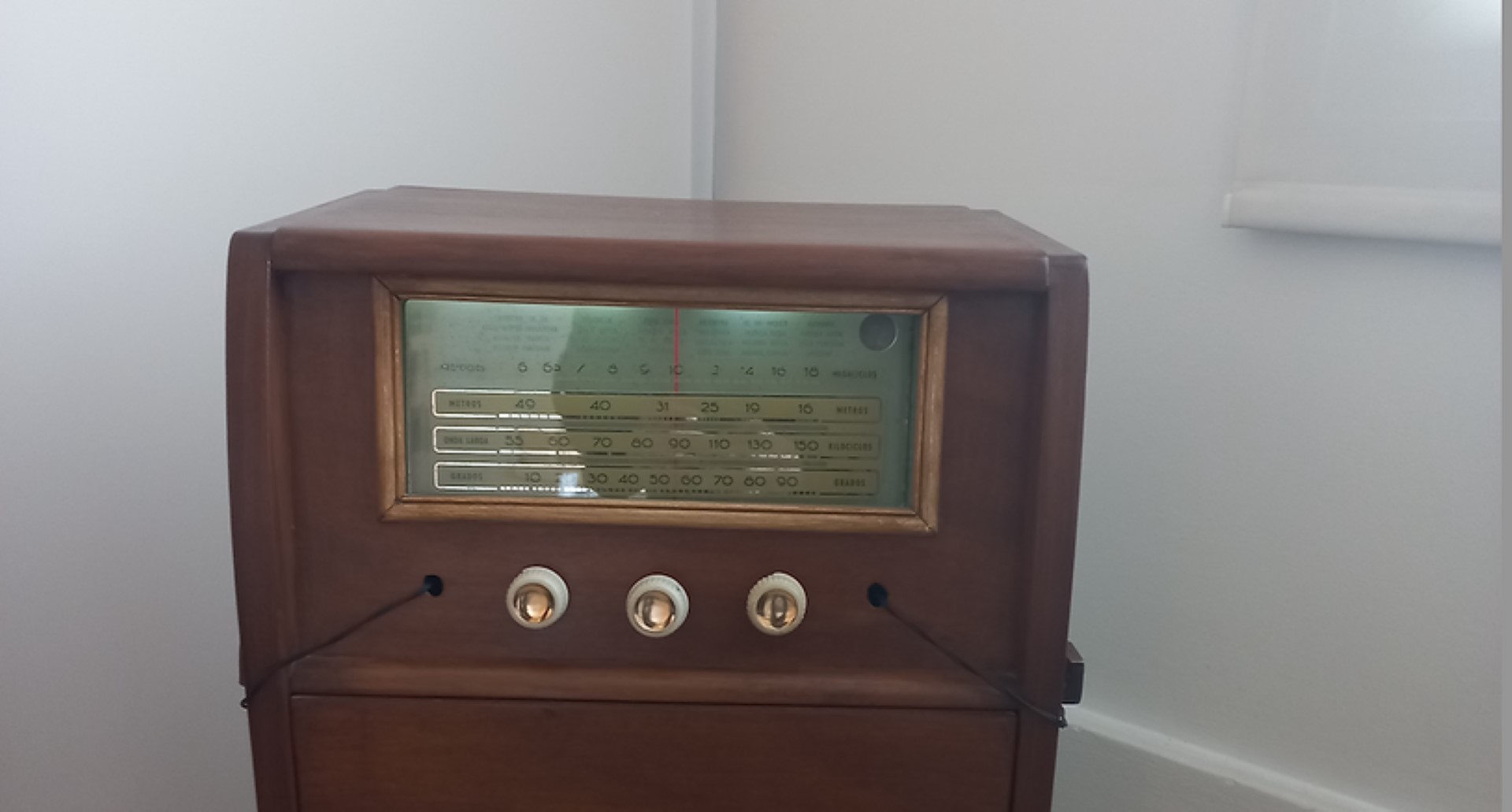Curator’s Choice
Curator’s Choice
Dry cleaners, handheld fans and identity: Japanese in Buenos Aires
Among the objects at the Museum, one finds a collection of Japanese-style handheld fans. Japanese immigrants formed small communities in many parts of Argentina starting in the late 19th century.
Read moreCurator’s Choice
Between Two Worlds: Child Migrants
Among the millions of adults who arrived in Argentina, hundreds of thousands of children also came. In the extensive collections of photographs that the museum exhibits to illustrate the diversity of experiences that came with immigration, we can find images of boys and girls who forged their own paths in local society.
Read moreCurator’s Choice
Immigrant Associations: Integration and Legacies
Associations were a common experience for migrants of many origins. These institutions show both integration and the legacies that immigrants left in Argentina. Immigrants could join one of many associations that provided a specific service or resource: schools, hospitals, social clubs.
Read moreCurator’s Choice
Azur and Abraham: From the Eastern Mediterranean to the Río de la Plata.
In 2022, the Museum of Immigration in Buenos Aires opened its exhibit “From the Eastern Mediterranean to the Río de la Plata”, aiming to make visible the ethnic and religious diversity in Argentina, in part due to the arrival of immigrants from all over the world.
Read moreCurator’s Choice
The trunk of a Jewish-Italian Couple
This trunk is part of the exhibit For all the men of the world (Para todos los hombres del mundo) at the Museo de la Inmigración in Buenos Aires, a title drawn from the preamble to the Argentine Constitution.
Read moreCurator’s Choice
Radio, Niní Marshall and Immigration
Tucked away in a corner of the exhibit “For all the men in the world” we find an object that is striking for its size and functionality.
Read moreCurator’s Choice
Exile and Writing
This typewriter belonged to the Spanish poet Rafael Alberti, who came in exile to Argentina as a result of the Spanish Civil War (1936-1939). Writing is a central aspect of migration. Migrants use it maintain connections with the land and the people they leave behind.
Read more






